There are many ways to classify doughs. Breads made in one mixing cycle with no pre-fermets are classified as direct or straight doughs. Breads made with a pre-ferment are know as indirect or sponge breads. Working with whole grain pre-ferments are used to improve flavor, develop gluten, provide structure to the dough and stay fresh longer.
Bread gets its spongy consistency from fermentation—the interplay of flour, water, and yeast that begins when the water activates an enzyme contained in the flour that breaks down the starch and converts it to sugar. The yeast feeds on the sugar, growing and multiplying, and producing 2 essential by-products: alcohol and carbon dioxide. The alcohol adds flavor, while the bubbles of carbon dioxide "leaven," or raise, the dough and establish the bread's crumb or texture.
Pre-fermentation involves mixing part of the dough's flour, water, and yeast and allowing it to ferment before adding it to the rest of the dough. The use of a pre-ferment allows you to use less yeast because the pre-ferment kick-starts the fermentation process before the dough is actually mixed together.
Making a pre-ferment several hours before adding it to dough will give bread an extra depth of flavor, but if a pre-ferment is made one or even several days in advance, it will also add acidity. In small amounts, acidity extends the shelf life of bread, but in larger amounts, such as in the case of sourdough, it starts to affect the texture of bread, creating large holes in the crumb.
There are many types of pre-ferments but basically 2 categories wet or firm. Most Americans are use to a wet pre-ferment like a sour dough sponge. Europeans use more firm pre-ferments since they are easier to adapt in recipes. The pre-ferment is the same hydration (amount of liquid to flour ratio) as the final dough, which means it feels like the final dough when kneading.
Wet Pre-ferments (50% or more liquid to flour ratio)
Firm Pre-ferment (less then 50% liquid to flour ratio)
Bread gets its spongy consistency from fermentation—the interplay of flour, water, and yeast that begins when the water activates an enzyme contained in the flour that breaks down the starch and converts it to sugar. The yeast feeds on the sugar, growing and multiplying, and producing 2 essential by-products: alcohol and carbon dioxide. The alcohol adds flavor, while the bubbles of carbon dioxide "leaven," or raise, the dough and establish the bread's crumb or texture.
Pre-fermentation involves mixing part of the dough's flour, water, and yeast and allowing it to ferment before adding it to the rest of the dough. The use of a pre-ferment allows you to use less yeast because the pre-ferment kick-starts the fermentation process before the dough is actually mixed together.
Making a pre-ferment several hours before adding it to dough will give bread an extra depth of flavor, but if a pre-ferment is made one or even several days in advance, it will also add acidity. In small amounts, acidity extends the shelf life of bread, but in larger amounts, such as in the case of sourdough, it starts to affect the texture of bread, creating large holes in the crumb.
There are many types of pre-ferments but basically 2 categories wet or firm. Most Americans are use to a wet pre-ferment like a sour dough sponge. Europeans use more firm pre-ferments since they are easier to adapt in recipes. The pre-ferment is the same hydration (amount of liquid to flour ratio) as the final dough, which means it feels like the final dough when kneading.
Wet Pre-ferments (50% or more liquid to flour ratio)
- Poolish- a wet sponge, is easy to make and is best when made fresh each time you need it. It will, however, also be good for up to 3 days if stored in the refrigerator and can be frozen if you choose to do so. The flour and the water are the same weight and are mixed with a spoon.
- Levain- This is a French term used for a sour dough starter or a wild yeast starter. It mainly is a wet pre-ferment.
- Sourdough - The most common pre-ferment to home bakers in the U.S, it's usually wet.
Firm Pre-ferment (less then 50% liquid to flour ratio)
- Biga- Is the Italian verson of a firm pre-ferment. A Biga has the same feeling as the finished dough it includes a small amount of yeast and no salt. The biga is retarded overnight in the refrigerator or can be held for up to 3 days before it must be used.
- Pate Fermentee- The French version of a firm pre-ferment. The Pate Fermentee can be made in advance but more often it's a piece of dough from the bread baked the day before. The difference between a Biga and a Pate Fermentee is the addition of salt in the Pate Fermentee.
- Desem- An ancient style of sourdough developed by the Flemish a region of Belgium. Desem takes weeks to develop in a cool temperature. The flavor is more complex and less sour than a sour dough starter.
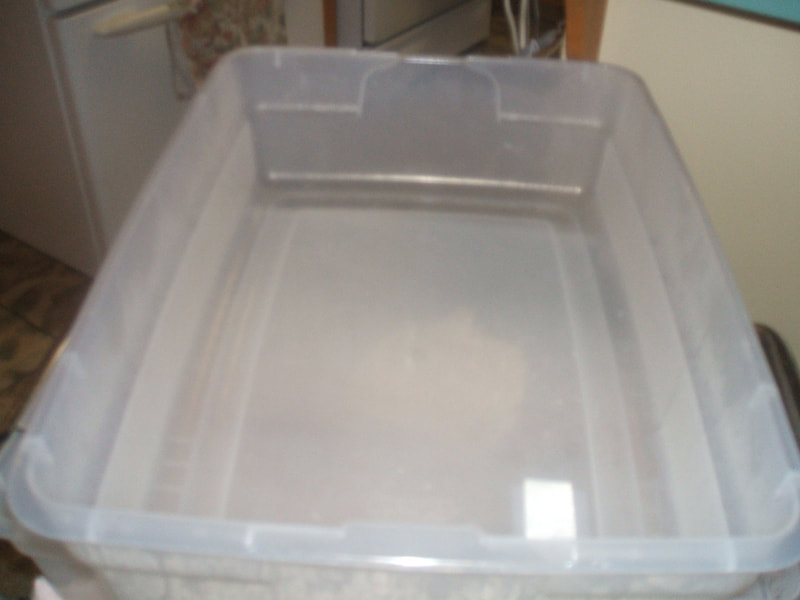
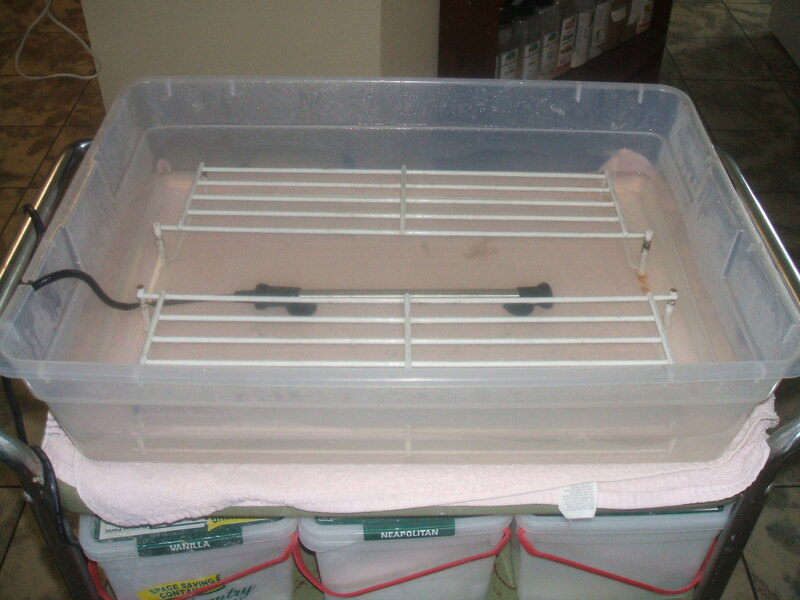

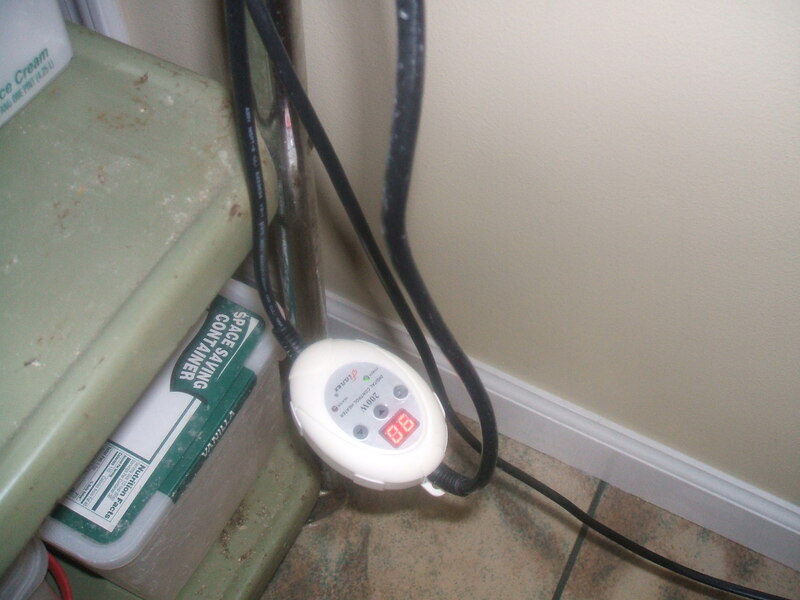
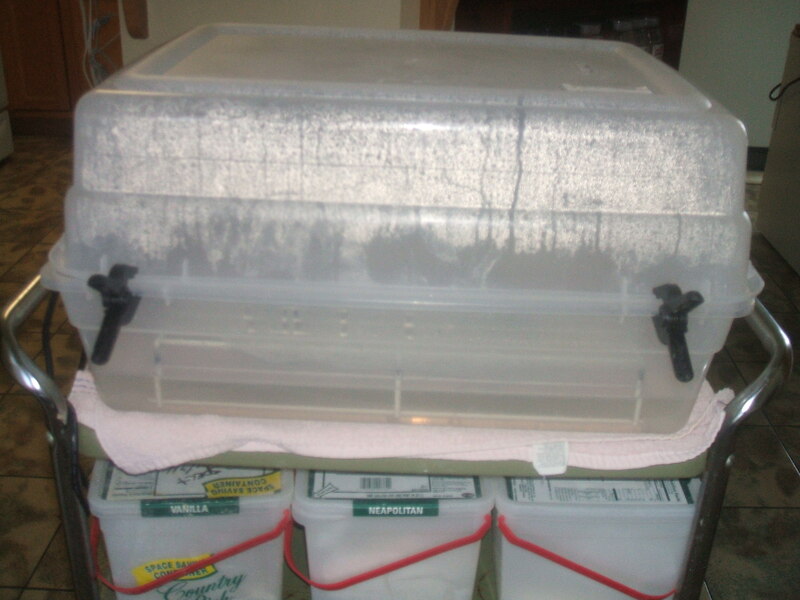
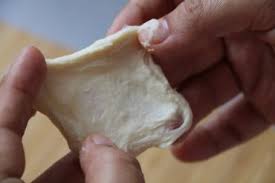
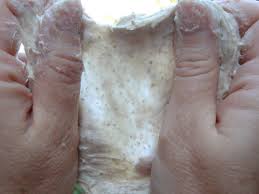

 RSS Feed
RSS Feed
